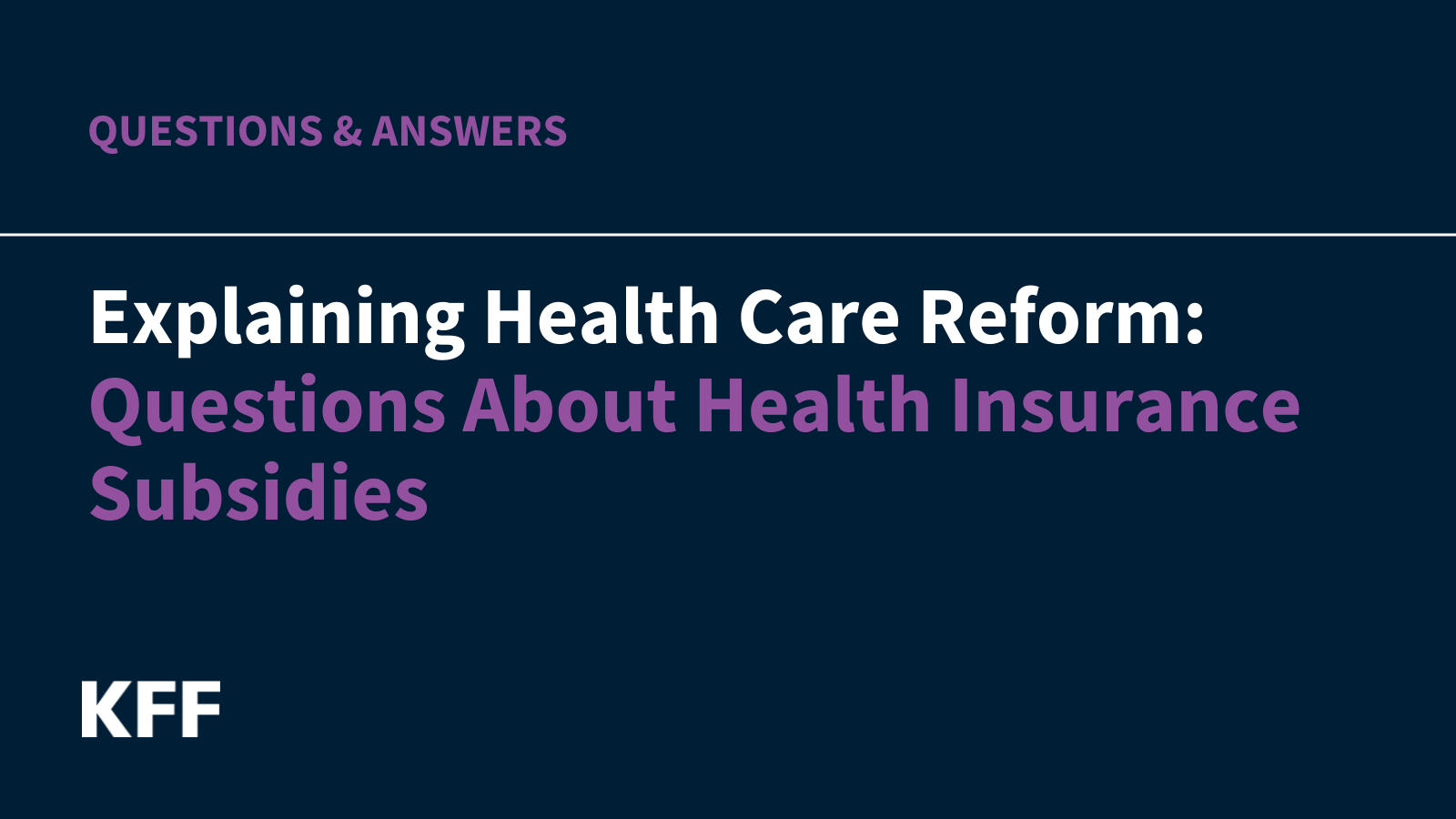Health insurance can be a significant financial burden for individuals with lower or moderate incomes. In response to this issue, the Affordable Care Act (ACA) provides financial assistance in the form of sliding-scale subsidies to help lower premiums and reduce out-of-pocket costs for eligible individuals. This assistance is available to those purchasing coverage through health insurance Marketplaces, also known as exchanges.
There are two main types of financial assistance available to individuals enrolling in Marketplace plans. The first type is the premium tax credit, which helps reduce monthly insurance payments. The second type is the cost-sharing reduction (CSR), which lowers deductibles and other out-of-pocket costs when individuals receive healthcare services.
To qualify for these financial assistance programs, individuals and families must enroll in a plan offered through a health insurance Marketplace. The premium tax credit can be applied to plans in any of the four metal levels of coverage: bronze, silver, gold, and platinum. Bronze plans typically have lower premiums but higher deductibles, while platinum plans have higher premiums but lower out-of-pocket costs. Catastrophic health plans are also available on the Marketplace, offering even lower premiums and higher cost sharing, primarily for individuals under 30 years old.
Eligibility for the premium tax credit is based on several criteria, including household income, access to employer-sponsored coverage, eligibility for other government programs like Medicare or Medicaid, and citizenship or legal residency status. The amount of the tax credit is determined based on the individual’s income level, with higher subsidies available for those with lower incomes.
Employer-sponsored coverage must meet certain affordability and minimum value standards for individuals to qualify for Marketplace subsidies. In states that have expanded Medicaid under the ACA, adults with incomes up to 138% of the Federal Poverty Level are generally eligible for Medicaid instead of Marketplace subsidies. However, in non-expansion states, individuals with incomes below 100% of the FPL may fall into a coverage gap and be ineligible for both Medicaid and tax credits.
The premium tax credit is calculated based on the individual’s required contribution towards the benchmark plan, which is the second-lowest cost silver plan in the Marketplace. The tax credit can be applied to any plan on the Marketplace, except catastrophic coverage. Individuals can choose to have the tax credit paid in advance to reduce their monthly premiums or claim it when they file their annual tax return.
Cost-sharing reductions are available to individuals with household incomes between 100 to 250 percent of the Federal Poverty Level. These reductions are only offered through silver plans and help lower out-of-pocket costs such as deductibles, copayments, and coinsurance. The level of cost-sharing reduction varies based on income, with more generous reductions available to those with lower incomes.
In conclusion, the financial assistance provided under the ACA through premium tax credits and cost-sharing reductions plays a crucial role in making health insurance more affordable for individuals with lower or moderate incomes. By understanding the eligibility criteria and how these programs work, individuals can make informed decisions when selecting a health insurance plan through the Marketplace.

:max_bytes(150000):strip_icc()/GettyImages-2199632761-839b99fe4dd54cae8e45dbda8aa01e0a.jpg)
















